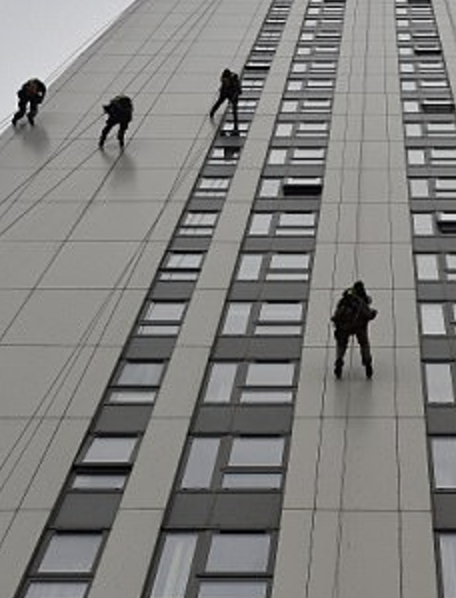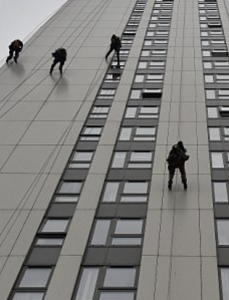
181 high-rise buildings from 51 local authorities fail fire safety tests

Serious concerns were being raised over efficiency of checks after it emerged insulation beneath the cladding was never tested for fire safety, as 181 high-rise buildings in 51 local authorities have failed fire safety tests in the wake of the Grenfell Tower fire.
Cladding samples tested as part of a “major national investigation” into the use of panelling on housing blocks have so far produced 100 per cent failure rate according to a Government spokesperson.
It comes after Prime Minister Theresa May told local authorities to “work on the assumption” that cladding samples would fail safety tests. Combustible cladding was thought to have accelerated the “unprecedented” spread of the fire in Grenfell Tower which killed over 80 people and still about 300 still unaccounted for, on June 14th 2017.
A further 450 social housing blocks are set to be checked but fears are growing about the true figure of unsafe blocks.
Tests are also being extended to NHS improvement claddings on 36 hospitals. Several universities across the country including Bournemouth, Nottingham, Naiper, Edinburgh, Newcastle, Essex all identified blocks with flammable panelling.
Seventeen high-rise blocks in Manchester, nine blocks of social housing in Pendelton, Lower Broughton and Ordsall in Salford have failed fire tests
Cladding on four Swansea tower blocks fails fire safety tests, including Clyne Court, Sketty and one at Jeffreys Court in Penlan. The cladding here comprised of mineral core interior surrounded by aluminium, but not the less fire resistant polyethylene or polyurethane core that has been causing alarm the aftermath of Grenfell Tower tragedy.
